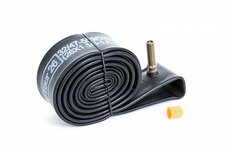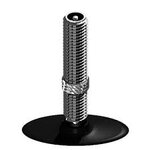Urbancowboy
Active Member
- Region
- Canada
Sized up Bolts and such can be made to release by putting some Heat to it. An ordinary Propane Torch will do, the heat from a cutting Torch works much faster.My neighbor's then 6 month-old Aventon Level.2 had a stock pedal that his ParkTool pedal wrench couldn't budge — even with both of us pulling at once. Salvaged some pride when the LBS couldn't get it off, either.
Ended up replacing the attached crank just to try some new pedals. Fortunately, not too expensive as bike modification adventures go.
Cheers

